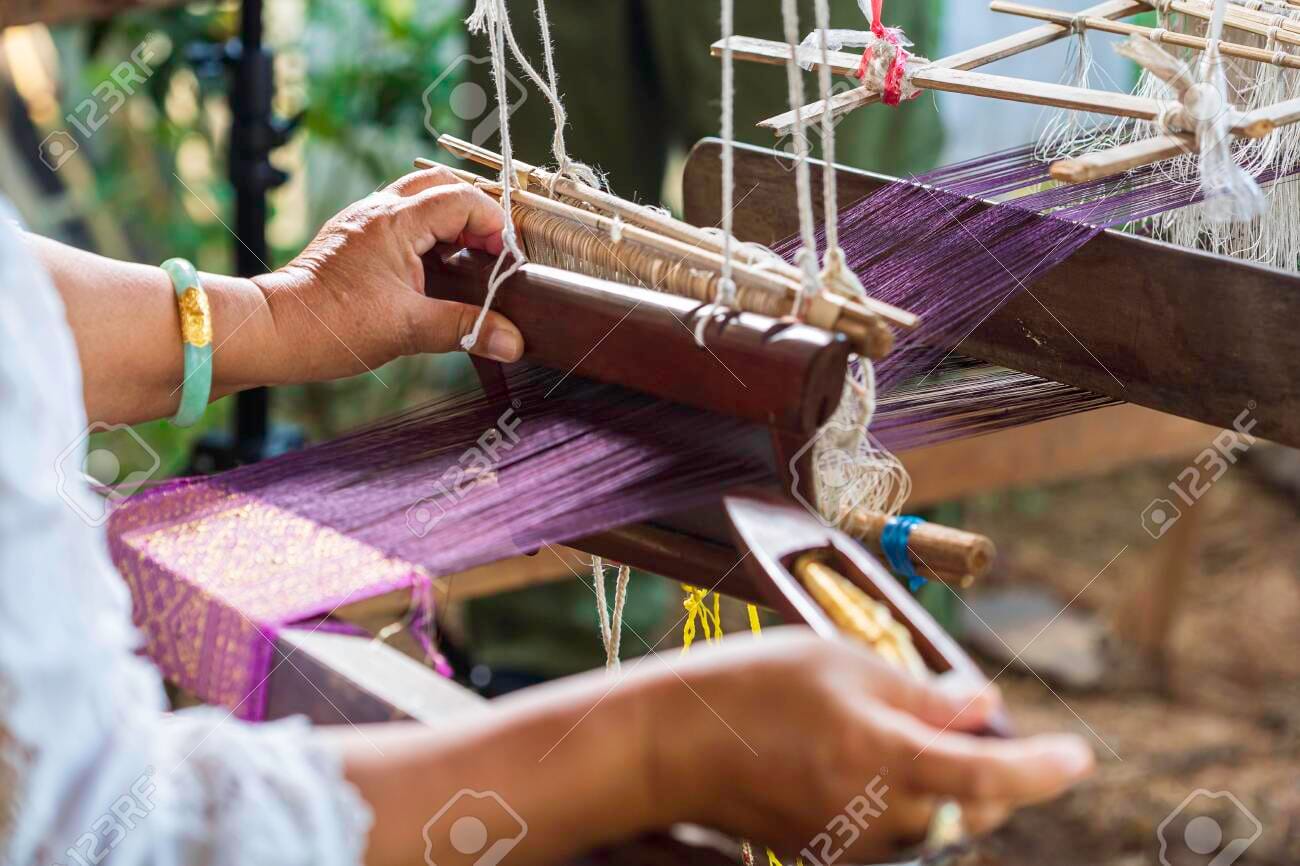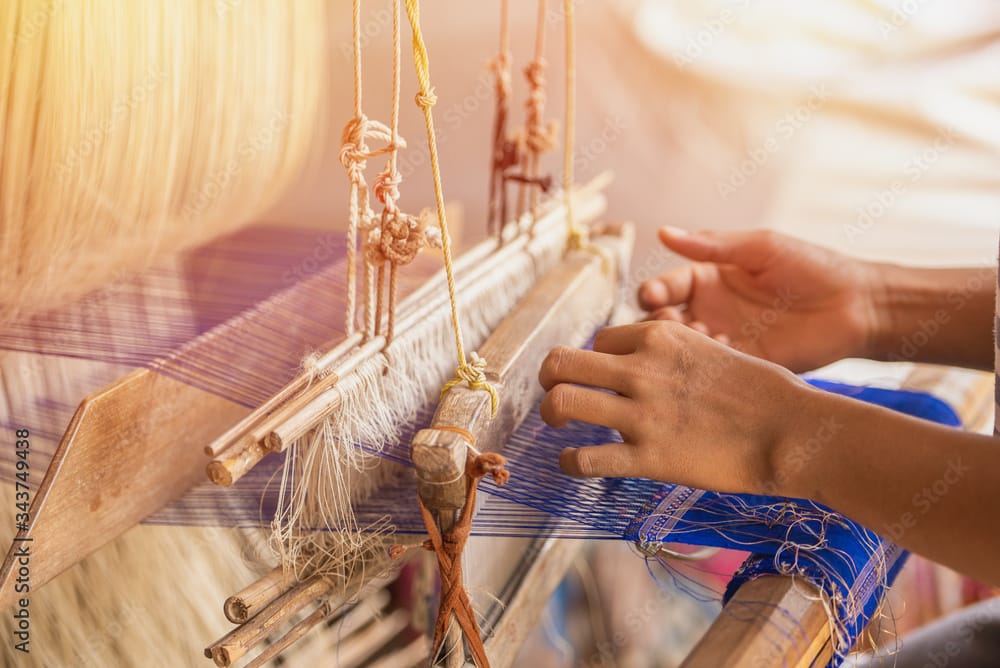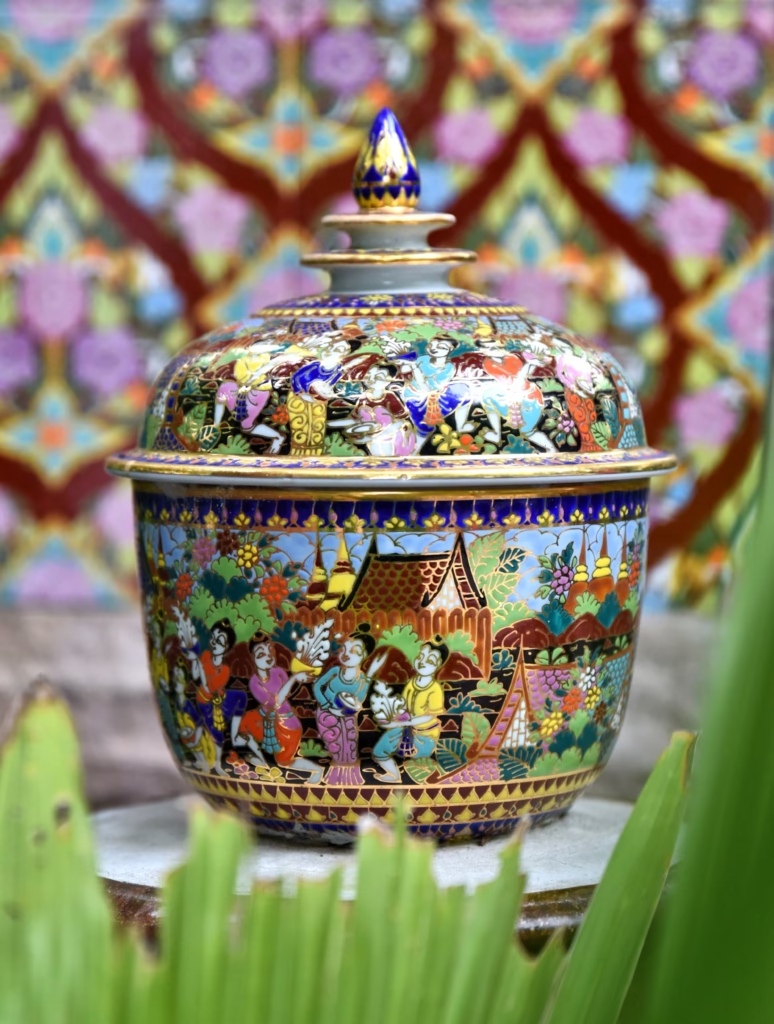
Introduction to Thailand Crafts
When you think of Thailand, vibrant temples and spicy food might pop into your mind first, but Thai crafts are just as iconic. From intricately woven textiles to hand-carved wooden sculptures, Thailand’s handmade crafts are a beautiful expression of its culture, history, and identity.
Why Thai Crafts Matter
More Than Souvenirs
Thai crafts aren’t just tourist trinkets. They’re stories—woven, carved, or painted by hands that carry generations of tradition. When you buy a piece of Thai craft, you’re taking home a piece of Thailand’s soul.
A Link Between Past and Present
For centuries, Thai craftsmanship has been passed down from master to apprentice and from mother to daughter. Even in today’s modern world, these skills remain relevant, connecting people to their roots while adapting to global markets.
The History of Thai Craftsmanship
Royal Patronage and Artisan Guilds
Thai royalty has long been a strong supporter of the arts. King Rama V, for instance, encouraged craftspeople to refine their skills and promote them abroad. Traditional crafts, such as Benjarong porcelain and Khon masks, have royal origins and continue to be revered today.
Regional Craft Traditions
Each region in Thailand boasts its unique specialties. The north is known for Lanna woodcarving, the northeast (Isaan) for silk weaving, the south for batik and shadow puppets, and central Thailand for pottery and gold leaf art.
Popular Types of Thailand Crafts
Thai Silk
Made famous by Jim Thompson, Thai silk is renowned for its softness, shine, and rich colors. Crafted by hand from silkworms raised on mulberry leaves, each piece is one-of-a-kind.

Benjarong Ceramics
These multi-colored porcelain wares were once reserved for the royal family. Today, they’re crafted with the same painstaking detail and are prized worldwide.

Handwoven Baskets and Mats
Crafted from bamboo, reed, or pandan leaves, these items are not only decorative but also incredibly functional, used in Thai homes for generations.
Traditional Carvings (Wood & Soap)
From grand teakwood doors to delicate soap flowers, Thai carving is both an art and a meditative practice. Many artisans spend weeks perfecting a single piece.
Lacquerware
Often black and gold, Thai lacquerware combines beauty with durability. These trays, bowls, and boxes are decorated with gold leaf, mother-of-pearl, or intricate paintings.
Silver and Metal Crafts
Northern Thailand, particularly Chiang Mai, is famed for its hand-hammered silver jewelry and bowls. Each item reflects the region’s cultural motifs.
Materials Used in Thai Crafts
Natural Fibers and Dyes
Thai crafts often utilize local, eco-friendly materials, including banana fibers, hemp, and bark-dyed threads.
Wood, Bamboo, and Coconut Shells
These sustainable resources are transformed into beautiful objects—everything from furniture to jewelry to kitchen utensils.
Metals and Minerals
Bronze, silver, and even gold are used in fine Thai craftsmanship. The attention to detail and quality make these pieces cherished heirlooms.
The Role of Crafts in Thai Culture
Religious and Spiritual Significance
Crafts often serve religious purposes. Temple murals, monk bowls, spirit houses, and offering trays are all handmade with reverence.
Everyday Use in Thai Households
Thai people don’t separate beauty from utility. From hand-painted fans to woven baskets, crafts are part of daily life.
Modern Adaptations and Global Appeal
Contemporary Thai Designers
New generations are blending tradition with innovation. Think bamboo lamps with minimalist lines, or silk scarves dyed with modern palettes.
Eco-Friendly and Sustainable Trends
Many Thai artisans are embracing sustainability by reusing materials, minimizing waste, and creating eco-conscious designs that appeal to international buyers.
Where to See and Buy Thai Crafts
Local Villages and Artisan Markets
- Chiang Mai: Home to Baan Tawai, a famous woodcraft village.
- Sukhothai: Known for its ancient pottery techniques.
- Nan offers authentic, handwoven cotton textiles.
Craft Centers and Museums
Places like the Queen Sirikit Museum of Textiles or the Support Arts and Crafts International Centre of Thailand (SACICT) preserve and promote Thai crafts.
Online Platforms Supporting Artisans
Websites like Ethaicraft.com, ThaiCraft.org, and Etsy offer direct-to-consumer sales, supporting fair wages and visibility for local creators.
Supporting Thai Artisans
Fair Trade and Ethical Shopping
When you choose certified fair-trade crafts, you’re directly empowering communities and preserving traditions.
Craft Education and Workshops
Want a hands-on experience? Many places in Thailand offer workshops in weaving, pottery, or carving, where you can learn from master artisans.
How to Care for Thai Handicrafts
Cleaning and Storage Tips
- Keep silk away from direct sunlight.
- Gently dust wooden items with a dry cloth.
- Avoid placing lacquerware or paper-based crafts near sources of moisture.
Long-Term Preservation
Store items in breathable fabric bags to avoid plastic, which can trap humidity and cause damage over time.
Conclusion
Thailand crafts are more than beautiful objects—they’re cultural time capsules. Each stitch, carve, or paint stroke tells a story. Whether you’re a traveler seeking a souvenir or a collector supporting heritage, embracing Thai craftsmanship means honoring a living tradition that remains vibrant today.
FAQs
1. What are the most famous crafts from Thailand?
Thai silk, Benjarong porcelain, lacquerware, and woodcarving are among the most well-known.
2. Where can I buy authentic Thai crafts?
Try Chiang Mai’s markets, Bangkok’s OTOP stores, or artisan websites like Ethaicraft.com.
3. Are Thai crafts handmade or machine-made?
Many traditional crafts are still handmade, especially in rural areas and among master artisans.
4. Can I take craft workshops in Thailand?
Yes! Chiang Mai, Bangkok, and Ubon Ratchathani offer hands-on classes in weaving, carving, pottery, and more.
5. How can I be sure I’m buying ethically made Thai crafts?
Look for certifications like Fair Trade or buy directly from artisans or trusted platforms that support local communities.



Leave a Reply